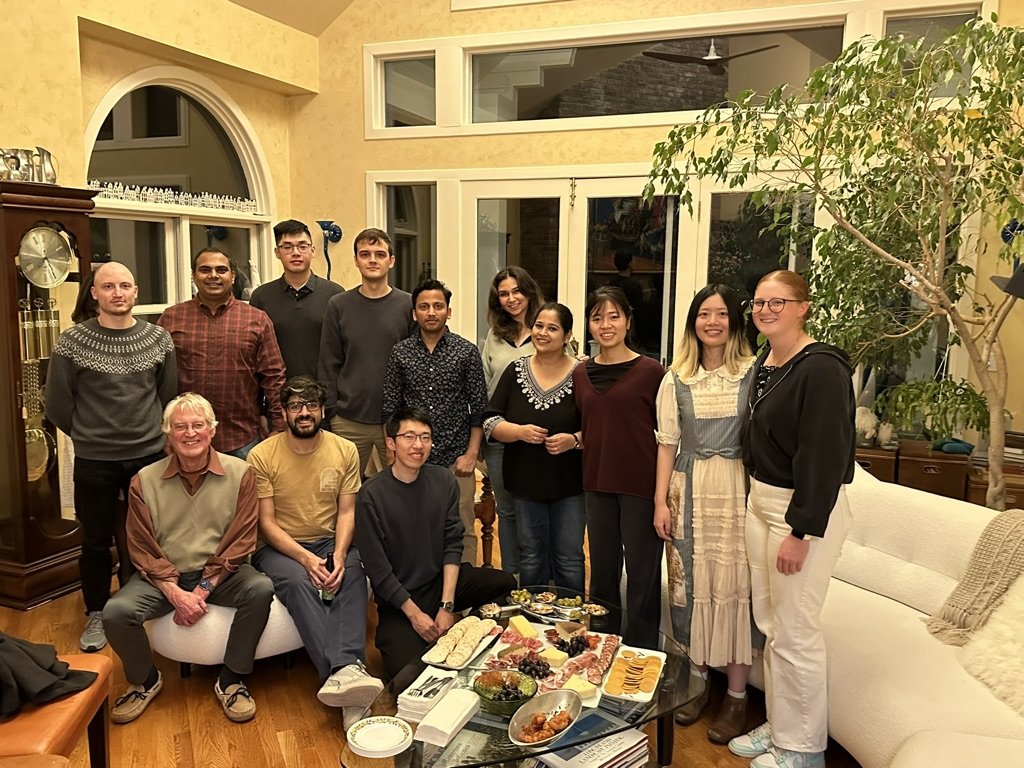Core Faculty
-

Ivet Bahar
Director
Ivet Bahar lab’s goal is two-fold: to elucidate the basic principles of biomolecular dynamics, machinery, and evolution; and to design modulators against complex diseases, including cancer and neurodegenerative disorders. Her lab develops physics-based models and machine learning methods to bridge molecular and cell/systems events. She is the Louis & Beatrice Laufer Endowed Chair of Physical & Quantitative Biology, Professor of Biochemistry and Cell Biology at Stony Brook, and elected NAS member. (Citations)
-

Carlos Simmerling
Associate Director
Carlos Simmerling develops new algorithms and energy functions using state-of-the-art computers for accurate and efficient simulation of large systems of biomolecules. He also applies these methods to systems where conformational dynamics are important for function, such as slow ligand binding and DNA recognition and repair. Carlos is Marsha Laufer Endowed Professor of Physical and Quantitative Biology, and Professor of Chemistry at Stony Brook. (Citations)
-
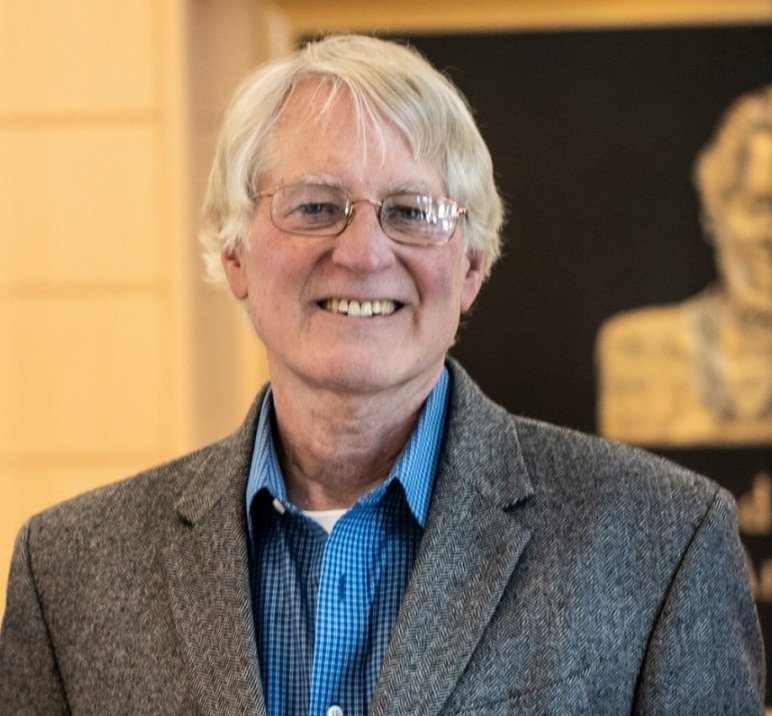
Ken Dill
Founding Director
Ken A. Dill is interested in the physics of how proteins fold; the microscopic origins of the unusual physical properties of water; the foundations and applications of variational entropy-based principles in statistical physics; and how the laws of physics constrain and enable the biological properties and evolution of cells. Ken is the Laufer Family Endowed Chair of Physical and Quantitative Biology, and Distinguished Professor of Physics, Chemistry and Applied Math at Stony Brook. He is the founding director (2010-2022) of the Laufer Center. (Citations)
-

Gábor Balázsi
Gábor Balázsi designs synthetic gene circuits to precisely control gene expression in microbes and mammalian cells, and to study emergent cell population-level behaviors such as diversification, formation of multicellular structures, survival during drug treatment or other stressful conditions, and evolution. They develop mathematical models to identify key mechanisms that connect gene networks to their population-level effects, hoping to understand control across scales in biology. Gábor is Henry Laufer Endowed Professor of Physical and Quantitative Biology, and Professor of Biomedical Engineering at Stony Brook. (Citations)
-

Eugene Serebryany
Eugene Serebryany is interested in the biophysics of protein misfolding in vivo and mechanisms of misfolding-associated diseases, discovery and pharmacological targeting of physiologically relevant non-native protein conformations, and protein engineering in currently inaccessible environments. To enable these lines of research, he develops new experimental methods at the interface of molecular biophysics and chemical biology and closely collaborates with computational biophysicists for computational-experimental integration. Eugene is an Assistant Professor of Physiology and Biophysics at Stony Brook. (Citations)
-

Lina Carlini
Lina Carlini is interested in organization at the subcellular level, from individual molecules to organelles. Her research program focuses on the physical and molecular cross-talk between subcellular components like mitochondria and the cell division machinery. This is achieved by combining quantitative fluorescence imaging with optical, chemical, and genetic perturbations in several model systems. She is a Laufer Family Endowed Professor of Physical and Quantitative Biology, and an Assistant Professor in the Department of Biochemistry and Cell Biology. (Citations)
-
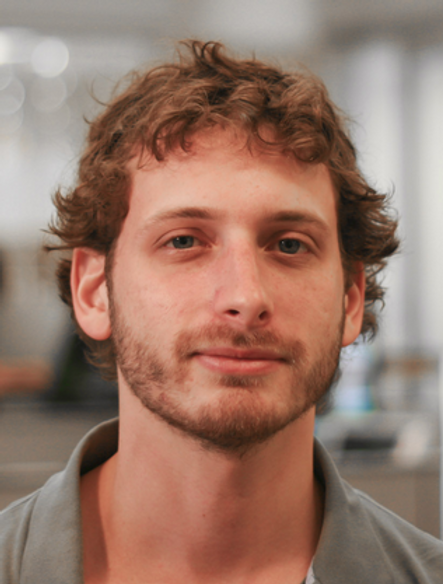
David Glass
David S. Glass works on synthetic multicellularity - building multicellular life from unicellular organisms. Through this engineering effort, he circumvents the challenges in studying fundamental biology of naturally multicellular organisms. His research activity lays the groundwork for practical use of multicellular behaviors, such as the production of living materials and the design of efficient microbial consortia. David is an Arthur P. Grollman Endowed Assistant Professor of Physical and Quantitative Biology in the Laufer Center, and an Assistant Professor in the Department of Biomedical Engineering (Citations)
Affiliated Resident Faculty
-

Dima Kozakov
Dima Kozakov’s research interests lie at the intersection of applied mathematics, physics and computational biology. He focuses on two main goals. The first is the development of mathematically elegant, computationally efficient and physically accurate algorithms for modeling macromolecular structure and function on the genome scale. The second is the application of novel methods to improving the understanding of biological problems and to the design of therapeutic molecules with desired biological and biomedical properties. Dima is a Professor of Applied Mathematics and Statistics at Stony Brook. (Citations)
-

Lilianne R. Mujica-Parodi
Lilianne R. Mujica-Parodi is Director of the Laboratory for Computational Neurodiagnostics (LCNeuro). LCNeuro's research focuses on the application of control systems engineering and dynamical systems to human neuroimaging data(fMRI, MEG, EEG, NIRS, ECOG), with neurodiagnostic applications to neurological (dementia, epilepsy) and psychiatric (anxiety, depression, addiction, schizophrenia) disorders. Parallel development of instrumentation complements their analytical approaches by optimizing brain time series for dynamic fidelity. Lily is Baszucki Endowed Chair of Metabolic Neuroscience and Professor of Biomedical Engineering at Stony Brook. (Citations)
-

Evangelos Coutsias
Evangelos Coutsias' research focuses on modeling nonlinear systems and continua, using techniques of applied mathematics, motivated from physics, engineering and biology. These include asymptotics and perturbation methods for studying stability and bifurcation phenomena in plasma physics, biology, and fluid mechanics; high accuracy numerical spectral methods for solving PDEs in continuum mechanics and for systems of multivariate polynomials. He develops methods for studying the kinematic geometry of proteins subject to constraints. Current interests include structure refinement and exploration of macromolecular shapes for protein design and drug discovery. Vageli is Professor of Applied Mathematics and Statistics at Stony Brook. (Citations)
Affiliate Faculty
-

Benjamin Lin
Ben Lin is interested in understanding how cell behaviors are controlled in space and time within complex in vivo environment, using the robust and reproducible cell choreography that occurs during embryonic development as our muse. Through our studies on signal transduction, cytoskeletal dynamics, cell polarity and motility, and biomechanics, we aim to uncover molecular principles that guide cell behavior and allow for its manipulation. Ben is an Assistant Professor in the department of Biochemistry and Cell Biology at the Renaissance School of Medicine, Stony Brook University. (citations)
-

Bruce Futcher
Bruce Futcher researches the logic and control of cell growth and cell division circuitry, a problem that is related to the uncontrolled growth of cancer cells. In collaboration with Eckard Wimmer, Steffen Mueller and Steve Skiena, he is developing methods for creating weak synthetic viruses, which may be useful in therapies as well as biological research. Bruce is a Professor of Microbiology & Immunology at Stony Brook. (Citations)
-
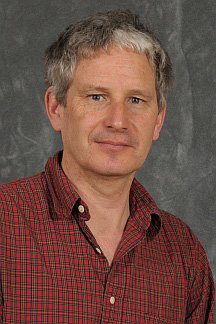
Dan Raleigh
Dan Raleigh studies protein folding, protein structure and the mechanism of amyloid formation to understand how proteins fold to their final 3D structure and to understand why the folded conformation is stable. The work on amyloid formation is directed towards understanding the physical basis for the pathological aggregation of polypeptides in certain diseases. These projects involve a wide range of techniques, including but not limited to: high resolution multidimensional NMR, protein design, stop flow methods, peptide synthesis and protein chemistry. Dan is a Distinguished Professor of Chemistry at Stony Brook. (Citations)
-

David Green
David Green is studying signaling in the G-protein pathway, to understand the specificity of protein-protein interactions; and how the HIV-1 virus recognizes its target cells, to learn how glycosylation modulates protein interactions. David is an Associate Professor of Applied Mathematics and Statistics at Stony Brook. (Citations)
-

Eric Brouzes
Eric Brouzes is interested in understanding cellular heterogeneity and its role in healthy and diseased tissues, such as cancer. To achieve this goal, his lab focuses on developing novel microfluidic approaches to perform quantitative, functional and genomic measurements at single-cell resolution. Those platforms rely both on droplet and single-phase microfluidic technologies to enable the manipulation and processing of single-cells at low and high-throughput. Eric is an Associate Professor of Biomedical Engineering at Stony Brook. (Citations)
-

Flaminia Talos
Flaminia Talos investigates the cellular origins and the underlying mechanisms of intratumor heterogeneity and clonal diversification in cancer using in vivo analyses of genetically engineered mouse models, organoid culture systems and multi-omics systems biology . Her lab currently focuses on clonal dynamics in normal prostate homeostasis and aging, identification of novel biomarkers/mechanisms of drug resistance, and immunomodulatory interventions on the tumor clonal landscape. She is Assistant Professor in the Dept of Urology with a secondary appointment in the Dept of Pathology at the Renaissance School of Medicine. (PubMed)
-

Helmut Strey
Helmut Strey is interested in the dynamics of biomacromolecules (DNA, proteins, polysaccharides) and their interaction. His lab is developing biotechnologies using micro- and nanofabrication to create novel methods to answer questions in quantitative biology and medicine. Specifically, he is developing microfluidics for single-cell genomics and is designing nanofluidic devices to measure single-molecule interaction using fluorescence techniques. Helmut is an Associate Professor in Biomedical Engineering at Stony Brook. (Citations)
-

Jessica Seeliger
Jessica Seeliger studies cell envelope processes in pathogenic mycobacteria, especially processes that contribute to the formation and remodelling of the lipid membranes. Related topics include the discovery and characterization of small molecules that modulate activity in these pathways and the relationships between lipid membrane biogenesis, cellular heterogeneity, antibiotic resistance. Jessica is Associate Professor of Pharmacological Sciences at Stony Brook. (Citations)
-

Jin Wang
Jin Wang studies the physics and chemistry of biomolecules and networks with a focus on the mechanisms of protein folding, biomolecular recognition and biological networks. He uses modern statistical mechanics, simulations, and empirical information from databases to study the detailed processes involved. Jin is a Professor Emeritus of Chemistry and Physics at Stony Brook. (Citations)
-

Joshua Rest
Joshua Rest focuses on evolutionary genomics, investigating the mechanisms behind changes in gene expression, protein structure, and genome architecture, and their impact on fitness and phenotypic traits in yeast, mammals, plants, protists, and viruses. The Rest lab uses computational and experimental techniques to study horizontal gene transfer, gene network evolution, and viral-host genome evolution, to understand how these processes drive biological diversity and function, connecting molecular changes to evolutionary patterns and biological consequences. Joshua is the Chair of Ecology and Evolution Dept at Stony Brook. (video, Citations)
-

Leemor Joshua-Tor
Leemor Joshua-Tor’s lab studies the molecular basis of nucleic acid regulatory processes using structural biology and biochemistry tools. Her lab solved the structure of the Argonaute protein and identified it as the long-sought Slicer. Using biochemical methods and mutational analysis, they identified parts required for slicing activity. The lab also studies the generation of piRNAs, which protect the genome of germ cells. With colleagues in the Hannon lab, her team determined the structure of Zucchini, a nuclease playing a key role in generating fruit flies’ piRNAs. (PubMed)
-

Maria Nagan
Dr. Nagan is an Associate Professor in the Chemistry department at Stony Brook University. The Nagan lab employs computational methods to examine RNA structure and protein recognition of RNA. We make movies on the computer, collecting structures of molecules throughout time, and then use physical chemistry and mathematical principles to extract meaning out of the data. (Citations)
-
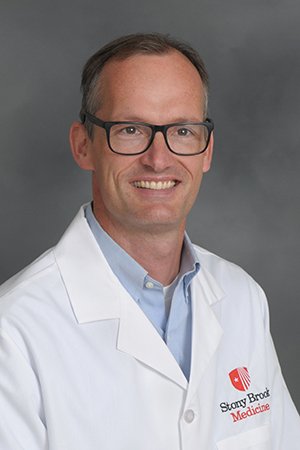
Markus Seeliger
Markus Seeliger works to understand the molecular mechanisms of signaling proteins, and how small molecule ligands and drugs can modulate their activity. Markus is a Professor of Pharmacological Sciencesat the Renaissance School of Medicine at Stony Brook. (Citations)
-

Peter Koo
Peter Koo studies the functional impact of genomic mutations using data-driven AI solutions. We are broadly interested in a gene regulation and protein (dys)function. We develop methods to interpret high-performing deep learning models to distill knowledge from big, noisy biological sequence data. Our goal is to elucidate biological mechanisms that underlie sequence-function relationships, with a broader aim of advancing precision medicine for complex diseases, including cancer. Peter is an Assistant Professor at the Simons Center for Quantitative Biology at Cold Spring Harbor Laboratory. (Citations)
-

Peter Tonge
Peter Tonge is interested in improving the selection and optimization of drug candidates by integrating drug-target binding kinetics, and factors such as target vulnerability and the rate of protein synthesis, into predictions of drug activity. This work includes the design and synthesis of time-dependent enzyme inhibitors and targeted protein degraders with a particular focus on antibacterial and oncology space. He also uses ultrafast spectroscopy and unnatural amino acid mutagenesis to site-specifically time-resolve structural dynamics during the activation of photoreceptors and optogenetic devices. Pete is a Distinguished Professor of Chemistryat Stony Brook. (Citations)
-

Ramana Davuluri
Dr. Davuluri is a leader in bioinformatics and data science research. His lab currently focuses on developing machine learning algorithms and informatics solutions for problems in isoform-level gene regulation and precision-medicine. The overarching goal of the lab is to translate data from high dimensional (-omic) platforms (e.g., NextGen sequencing) to derive experimentally interpretable and testable discovery models towards genomics-based decision support systems. Ramana is a Professor of Biomedical Informatics at Stony Brook. (Citations)
-

Robert Rizzo
Robert Rizzo. For efficient and effective drug design, the Rizzo group develops and applies computational algorithms and protocols in atomic-level modeling of how drugs bind to proteins. Rob is a Professor in the Department of Applied Mathematics and Statistics at Stony Brook. (Citations)
-

Steve Skiena
Steve Skiena designs combinatorial algorithms for biology, particularly for analyzing the sequences and assembly of biological molecules and for designing synthetic genes. Steve is a Distinguished Teaching Professor of Computer Science and Director of Institute for AI-Driven Discovery and Innovation at Stony Brook. (Click here to watch my video, Citations)











